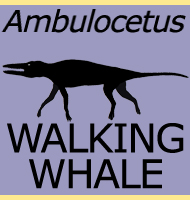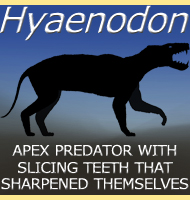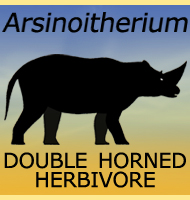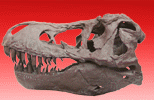


Phasmagyps
Name:
Phasmagyps.
Phonetic: Fas-mah-jips.
Named By: Alexander Wetmore - 1927.
Classification: Chordata, Aves, Cathartiformes,
Cathartidae.
Species: P. patritus (type).
Diet: Carnivore?
Size: Uncertain due to lack of remains and
conflicting opinions. If similar in size to a modern day black
vulture (Coragyps atratus), then the wingspan would be
approximately 1.5 meters across, if a third larger like others
have suggested then the wingspan would approach 2 meters across.
Known locations: USA, Colorado - Chadron
Formation.
Time period: Priabonian of the Eocene.
Fossil representation: Lower right of a Tibiotarsus
(one of the leg bones).
Phasmagyps is usually credited as being possibly the oldest member of the Cathartidae group of birds, better known as the New World Vultures. However because this genus is so far only represented by a partial leg bone, some researchers have questioned if it actually is a vulture. Additionally the genus is sometimes considered dubious because the overall lack of remains for the holotype will make it very difficult to assign new fossils to.
Further reading
- Fossil Birds from the Oligocene of Colorado. - Proceedings of
the Colorado Museum of Natural History 7 (2): 1–14. -
Alexander Wetmore - 1927.
- Fossil Birds of the Nebraska Region. - Transactions of the
Nebraska Academy of Sciences and Affiliated Societies XIX: 83–96.
- J. Ducey - 1992.
----------------------------------------------------------------------------
Random favourites
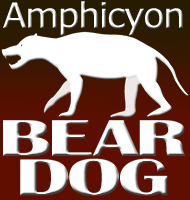 |
 |
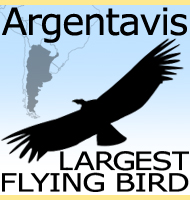 |
